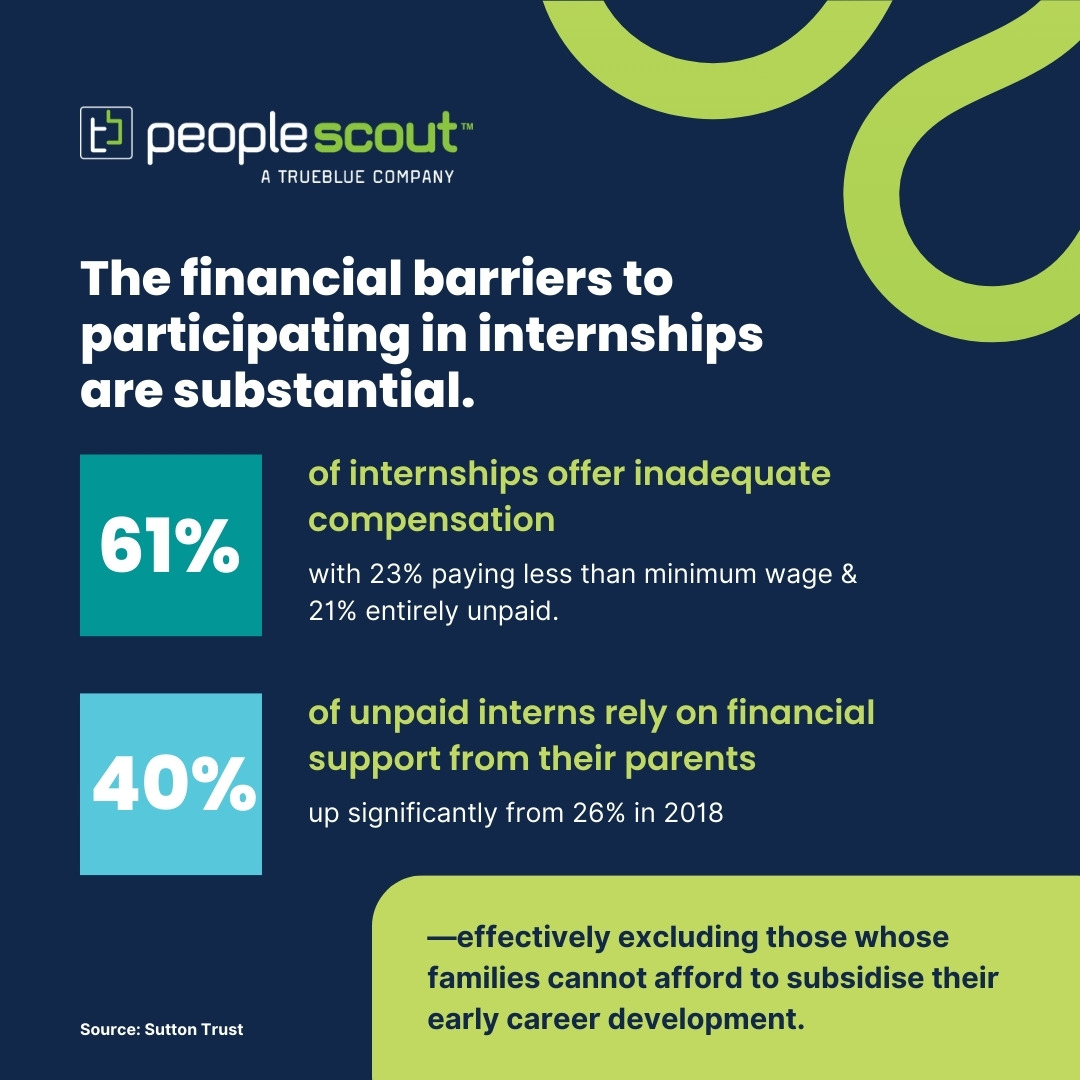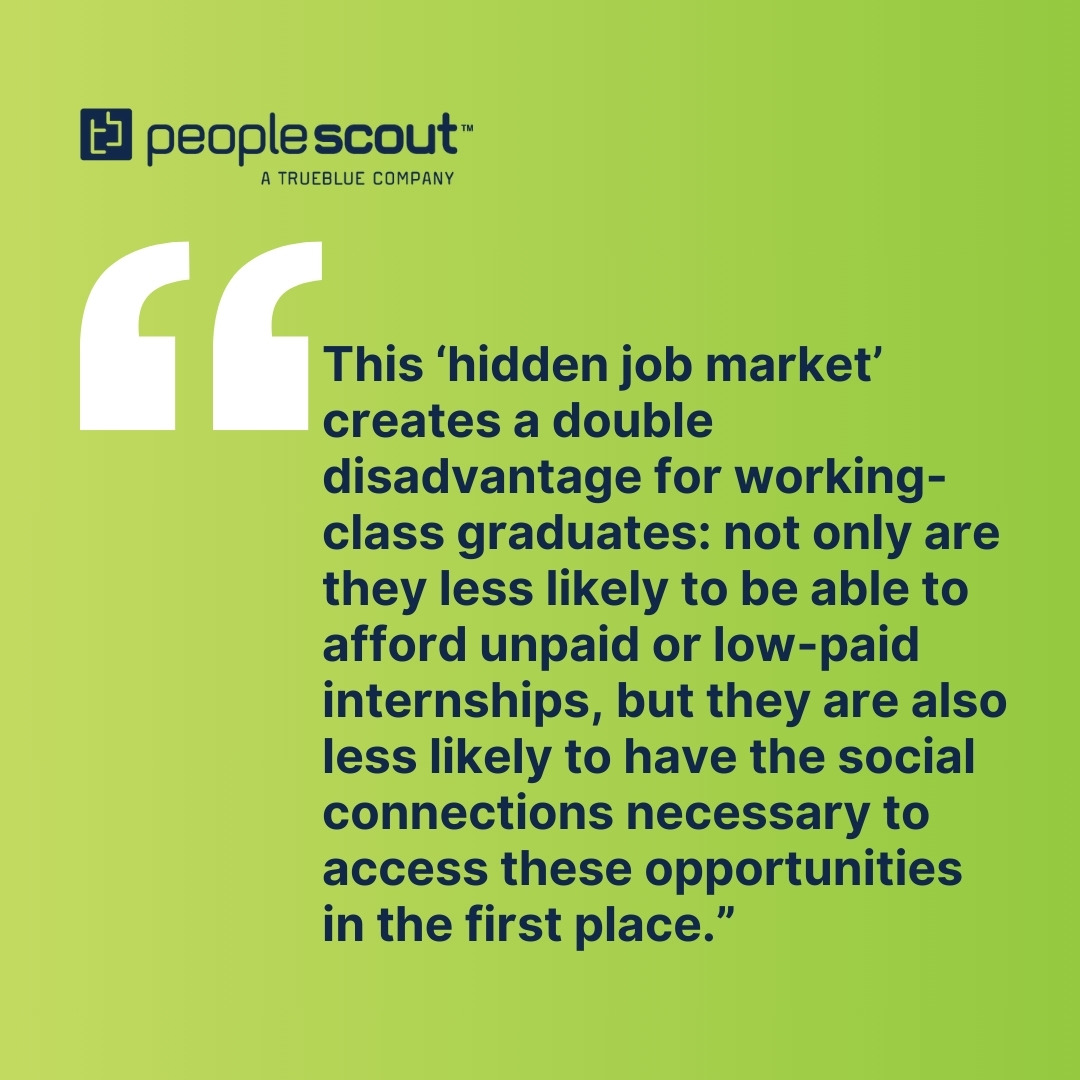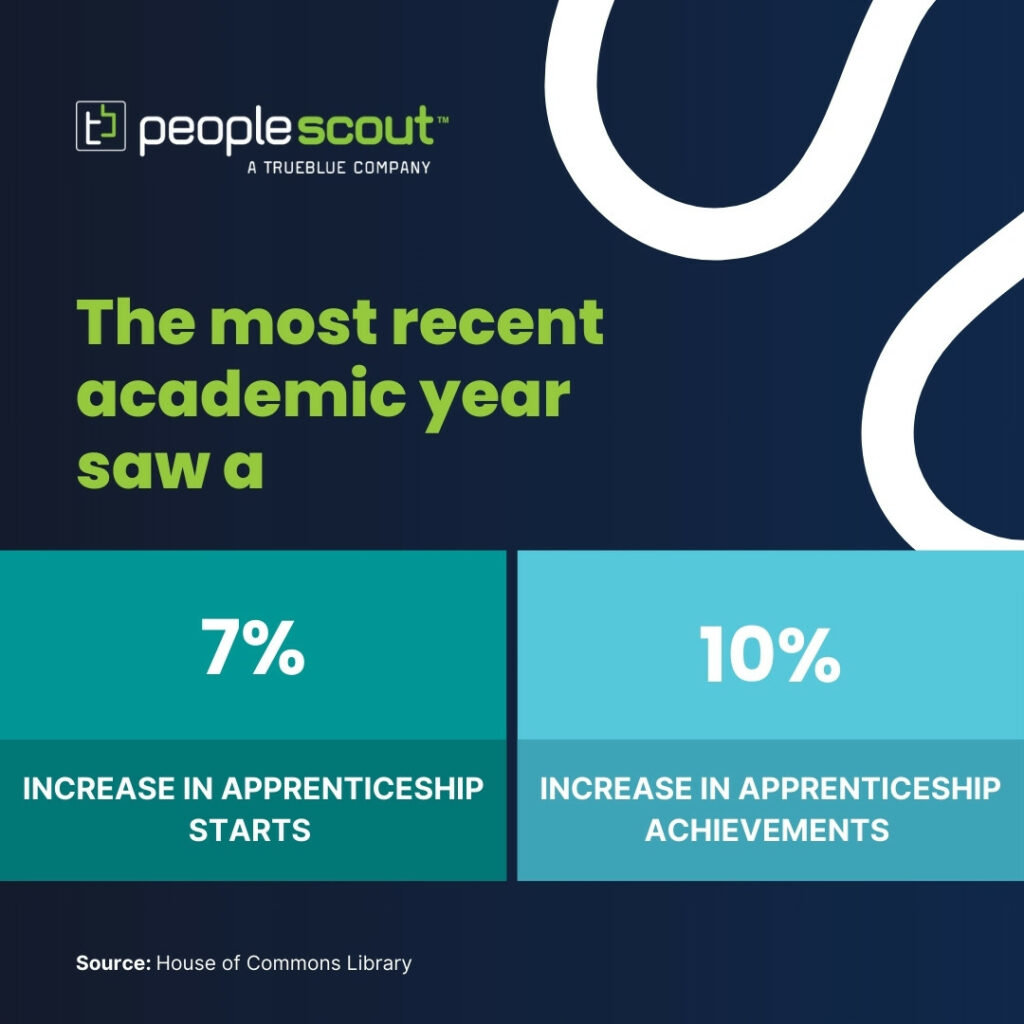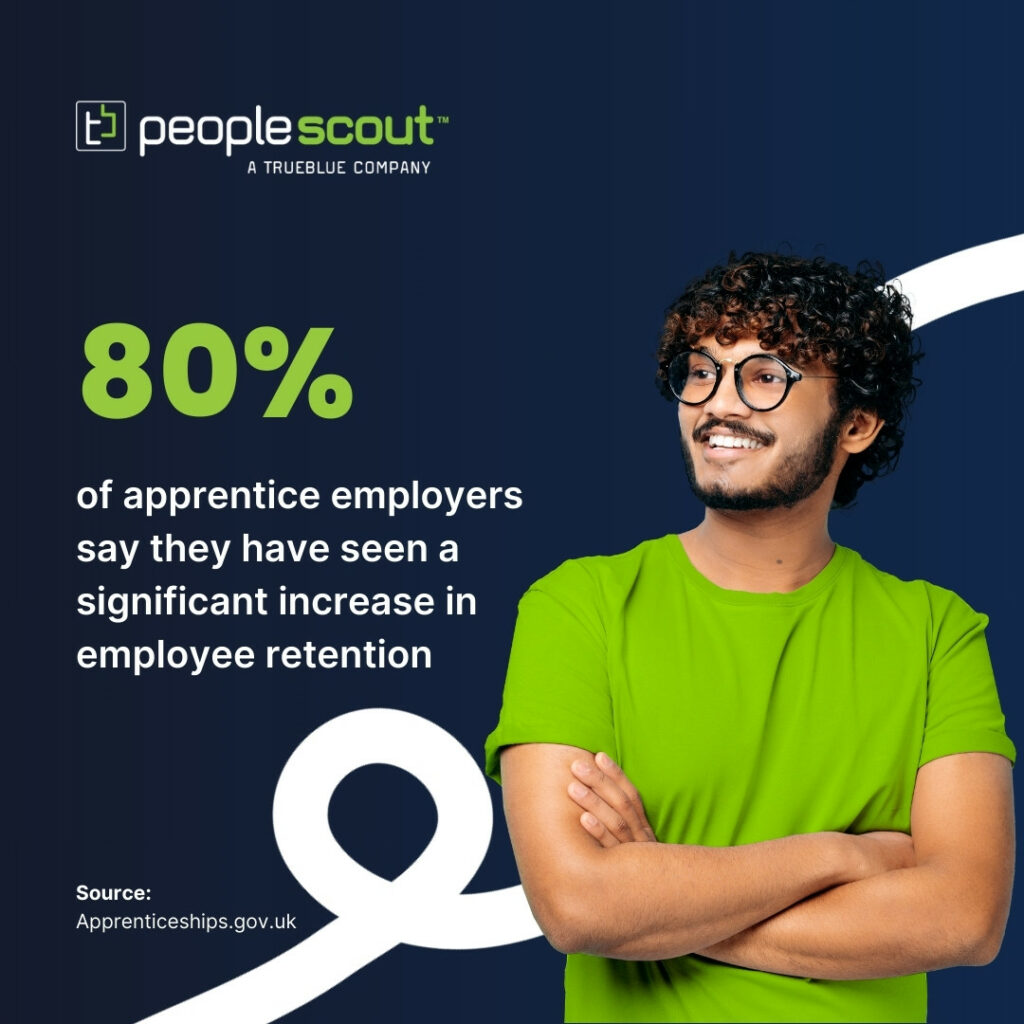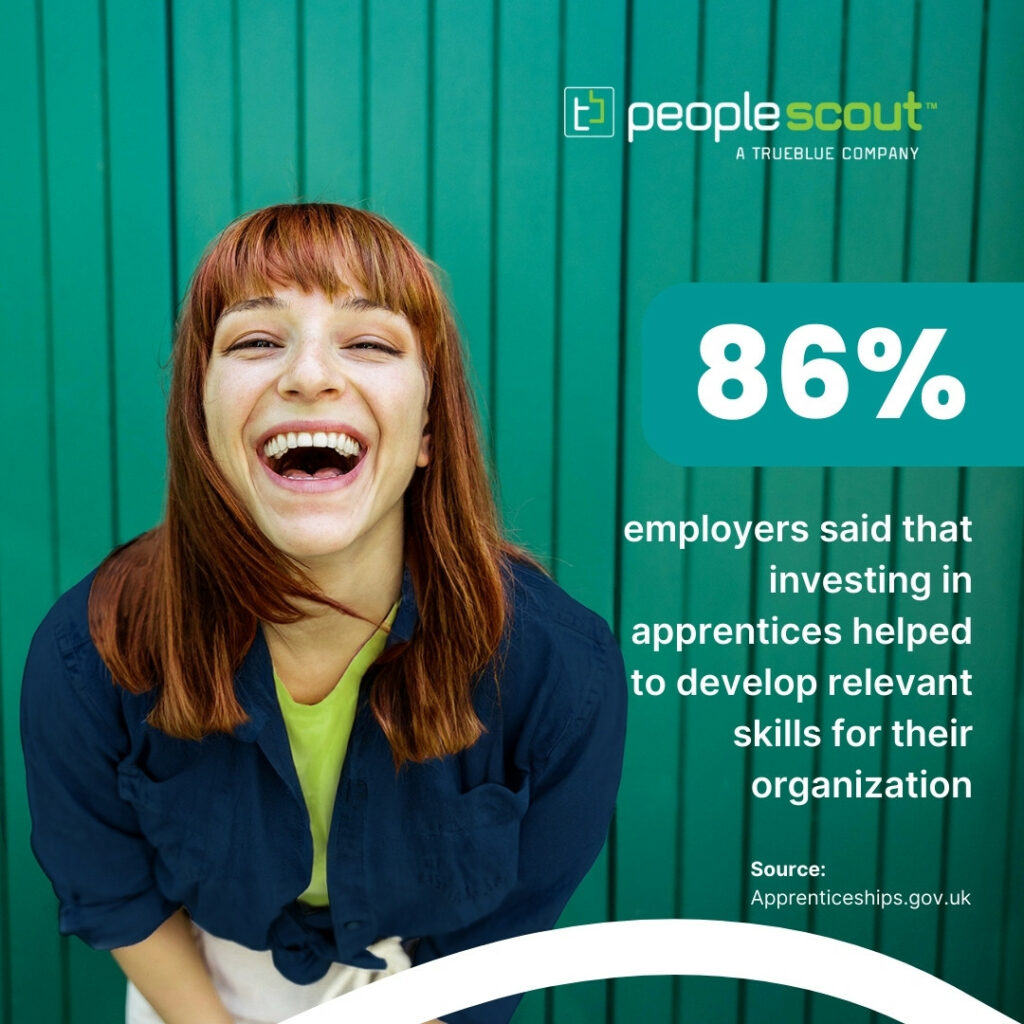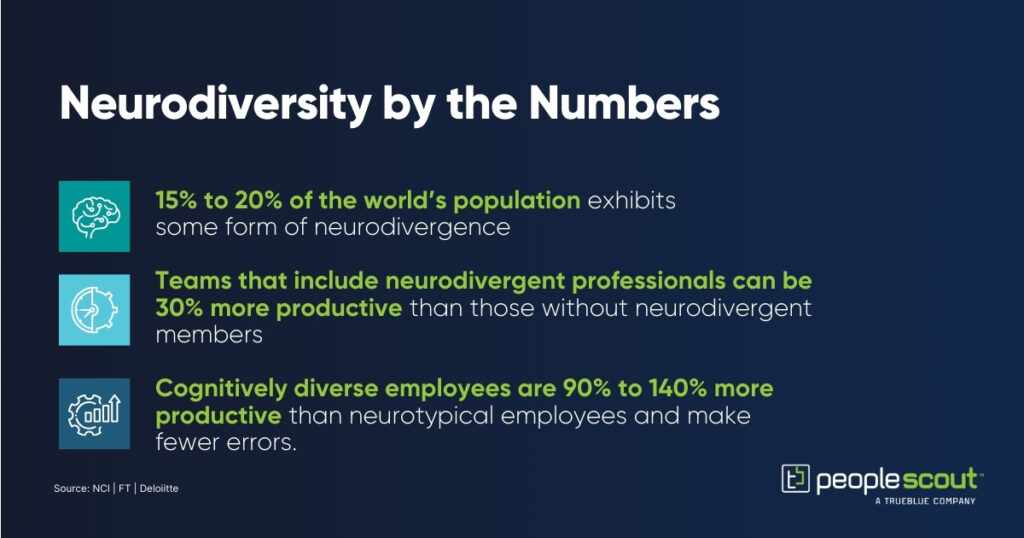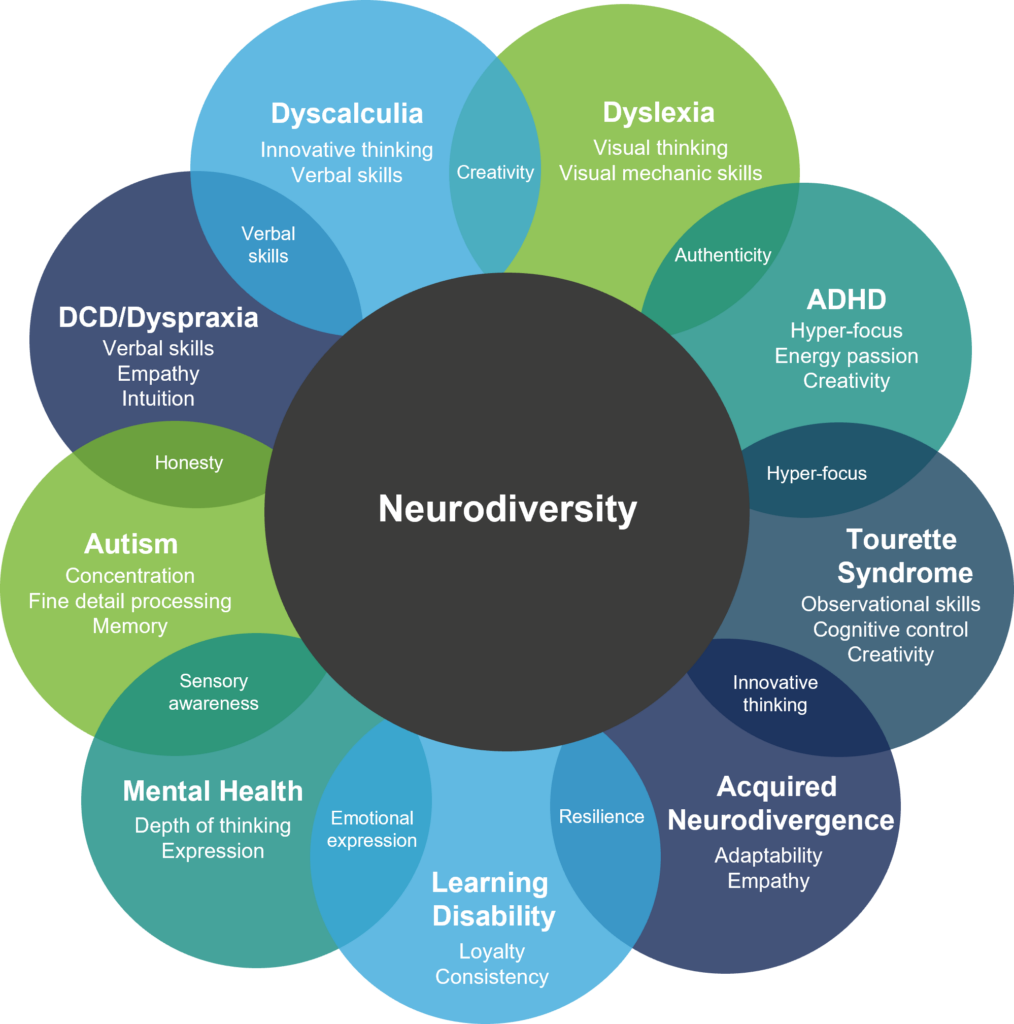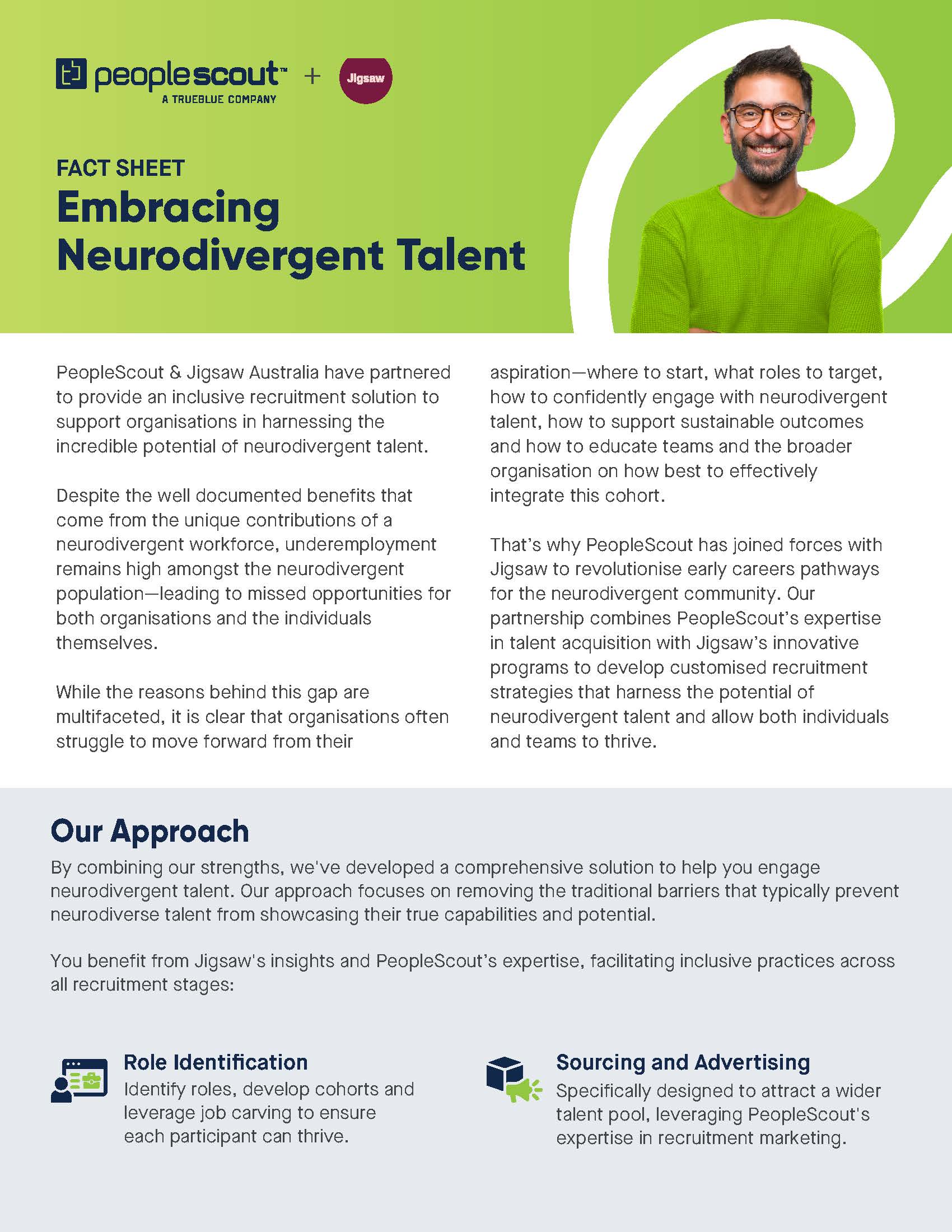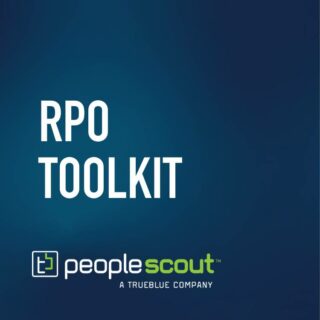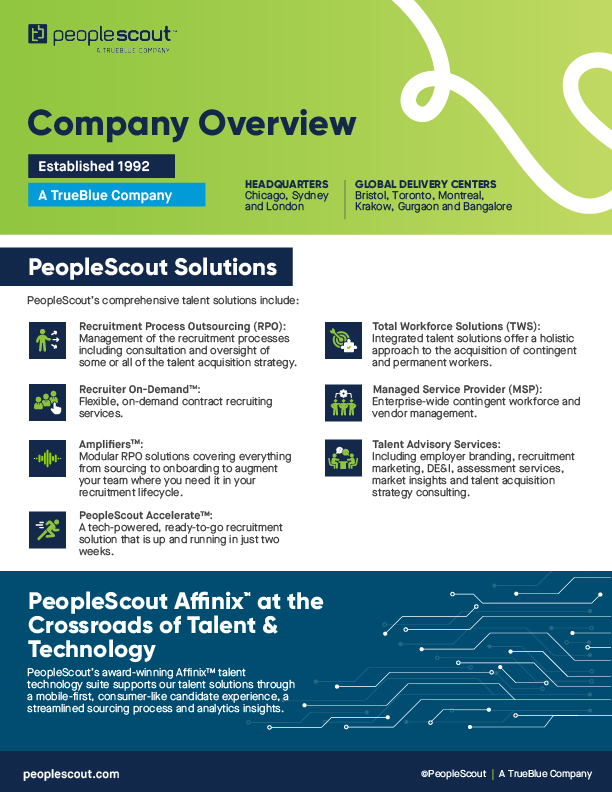In recent months, there’s been a big shift in how organisations globally approach equality, diversity and inclusion (referred to as ED&I in the UK and DEI in other markets). It’s a complicated and fast-moving situation with regulatory changes in certain markets creating operational challenges for employers.
Companies are navigating circumstances where their ED&I initiatives may be restricted in one country but required by law in others where they operate, such as under the EU Corporate Sustainability Reporting Directive (CSRD). This creates complex decisions around employer brand, company culture and employee experience across different markets.
In this article, we’ll dive into what the data says and what this could mean for recruitment and retention in the UK.
The Shift
After years of commitment and programme expansion, businesses have begun shifting their approach to ED&I. Economic pressures, regulatory changes and demands for clearer ROI are leading many to de-prioritise or repackage ED&I initiatives. Many firms are integrating ED&I into environment, social and governance (ESG) agendas rather than eliminating it altogether.
What the Data Says:
- Mentions of “diversity, equity and inclusion” in SEC filings between January and March 2025 fell 57% from the year before as organisations embrace phrases like “merit-based hiring” and “belonging”
- 1 in 8 companies have or will eliminate or reduce ED&I budgets in 2025, with 40% of these companies reallocating funds to AI initiatives.
- 2024 saw a 68% drop in S&P 500 companies including diversity metrics as part of compensation calculations
Despite this apparent retreat, research shows that diverse companies enjoy 2.5 times higher cash flow per employee and 35% higher productivity, suggesting that stepping back from ED&I could be economically counterproductive.
UK-Specific Considerations
The challenge is particularly acute in the UK, where ED&I has historically encompassed a broader spectrum of diversity characteristics—including social mobility and cognitive diversity—that are uniquely important to British businesses and society.
Social Mobility
Research by KPMG found that social class is the biggest barrier to career progression, compared to any other diversity characteristic. Yet, 52% of UK CEOs come from professional backgrounds (their parent(s) occupation)—a figure that rises to 89% in financial services.
The UK has lower levels of social mobility than many other developed nations, with parental income being a stronger predictor of life outcomes. The recognition of this challenge in the UK is evident in initiatives like the Social Mobility Employer Index, which measures how employers recruit, retain and progress employees from lower socioeconomic backgrounds.
Cognitive Diversity
The concept of cognitive diversity—encompassing different thinking styles, educational backgrounds, career paths and generational perspectives—offers a more nuanced approach to building truly inclusive workplaces. This includes:
- Different analytical and creative problem-solving approaches
- Varied educational and career trajectories
- Diverse life experiences and cultural perspectives
- Generational differences in work styles and values
- Neurodiversity and different ways of processing information
Global Trends Influencing UK ED&I Programmes
Changing attitudes in other markets means some multinational companies have adapted their global strategies. For others, the approach has been mixed, with some organisations maintaining different policies across different regions.
Global companies such as Deloitte, Citigroup, Aldi, and Disney have taken varied approaches across their global operations, with some maintaining stronger commitments in their UK operations. While British brands Natwest, Co-op, Aviva and Channel 5 have all chosen to maintain ED&I targets and commitments.
However, there are some companies for which changing market conditions have led to a rollback or change in ED&I policies. Major British brands such as Vodafone, Sainsbury’s, BT, HSBC, Ocado and Rolls Royce have all shifted their corporate messaging on ED&I.
Notably, 71% of UK business leaders do not plan to alter their organisation’s approach to ED&I in response to the scaling back of programmes in other countries, suggesting the UK market may be following a different trajectory.
The Impact on Recruitment & Retention
The data suggests potential consequences for talent management. A recent UK employee survey revealed that three in five (59%) workers would contemplate resigning if their employer rolled back its ED&I commitments, with younger generations showing stronger reactions—68% of Gen Z and 64% of millennials indicating they would consider quitting. Additionally, nearly half (45%) of respondents said they wanted their employers to go further with ED&I policies, while only 3% called for scaling back.
These findings indicate a disconnect between employee expectations and some organisational responses. For employers, walking back on ED&I may offer short-term risk management, but the workforce data suggests this could threaten long-term employer brand reputation, recruitment and retention. The survey results indicate that ED&I represents a business consideration for accessing UK talent.
Even for companies where ED&I strategy has remained the same in the UK but changed in other markets, the mixed messages create complexity for employees and candidates across different regions. UK business leaders will need to be loud and clear if they want their commitment to ED&I to be evident.
Conclusion
The current situation represents a crossroads for ED&I approaches. Companies are choosing between different strategies: some are retreating from explicit ED&I programmes, while others are evolving their approaches to build more sustainable inclusion practices.
For UK businesses, this evolution occurs within a context that includes the country’s specific legal framework (the Equality Act 2010), its focus on social mobility, and recognition that diversity encompasses not just visible characteristics, but cognitive approaches, backgrounds and perspectives.
The data suggests that organisations are weighing short-term risk management against long-term business considerations, particularly around talent acquisition and retention in an increasingly values-driven employment market.
